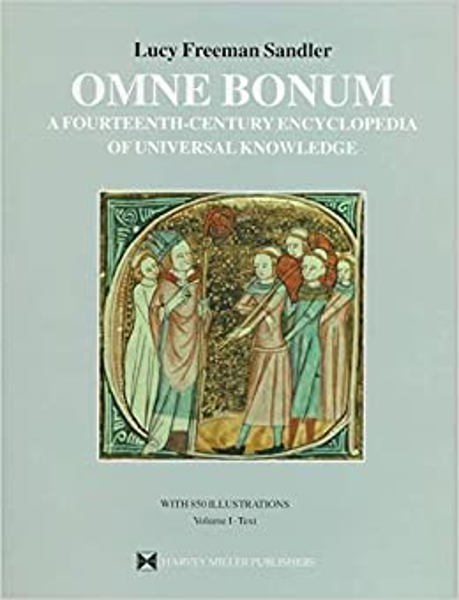
Netherlandish Art and Luxury Goods in Renaissance Spain
Daan van Heesch, Robrecht Janssen, Jan Van der Stock (eds)
- Pages: iv + 292 p.
- Size:220 x 280 mm
- Illustrations:16 b/w, 116 col.
- Language(s):English
- Publication Year:2018
- € 165,00 EXCL. VAT RETAIL PRICE
- ISBN: 978-1-909400-82-5
- Hardback
- Available
This fascinating collection of essays explores the diverse ways in which Netherlandish art and luxury goods shaped and transformed the artistic landscape of Renaissance Spain
“Netherlandish Art and Luxury Goods in Renaissance Spain effectively underscores the complicated and intertwined dynamics of Spanish–Netherlandish cultural exchange.” (Carmen Ripollés, in Bulletin of the Comediantes, 71, 2019, p. 286)
Daan van Heesch is a PhD Fellow in Art History at the Research Foundation - Flanders (FWO) and affiliated with Illuminare - Centre for the Study of Medieval Art (KU Leuven). His PhD research focuses on the transnational reception of Hieronymus Bosch in the early modern period.
Robrecht Janssen works at the Royal Institute for Cultural Heritage (KIK-IRPA) in Brussels. He is also a PhD candidate at KU Leuven with a project on the writings on art of the Bruges poet and painter Dominicus Lampsonius (1532-1599).
Jan Van der Stock is a full professor at KU Leuven with research interests in the history of the printed image in the Low Countries and the socio-economic aspects of art history. He is the director of Illuminare – Centre for the Study of Medieval Art (KU Leuven).
This collection of essays explores the diverse ways in which Netherlandish art and luxury goods permeated the artistic landscape of Renaissance Spain. Covering a wide range of approaches and perspectives, the book includes studies on carved altarpieces, stone sculpture, painting, tapestry, architectural design, prints and mathematical instruments. Through the lens of artists, patrons, collectors, merchants and other intermediaries, special attention is paid to local cultures of collecting and display. Together, the essays provide a fascinating and multifaceted view of the reciprocal relationships between the Low Countries and Spain from the fifteenth to the early seventeenth centuries.
Introduction — Daan van Heesch, Robrecht Janssen and Jan Van der Stock
‘Le chanoine rouge’: Tribute to an Inspired and Inspiring Master — Paul Vandenbroeck
‘As yche othere brothere’: The Human Factor within the Hispano-Flemish World — Raymond Fagel
Made in Iberia: A New Look at the Retable of Contador Saldaña in Santa Clara de Tordesillas — Nicola Jennings
Flemish Carved Altarpieces in Spain: Reflections on their Patronage and the Relationship between Flemish and Spanish Artistic Traditions — Jesús Muñiz Petralanda, Maite Barrio Olano and Ion Berasain Salvarredi
Jean Mone, Barcelona, and the Origins of the ‘Netherlandish’ Antique Manner — Ethan Matt Kavaler
Flemish, Spanish, or Somewhere in Between? On a Netherlandish Anonymous Draughtsman of the 1530s and his Inventions — Krista De Jonge
Trading with the Enemy: The Spanish Market for Antwerp Prints and Paintings during the Revolt — Stephanie Porras
The Plantin Book Trade and the Supply of Art Objects to the Spanish Elite — Dirk Imhof
The Duke of Alba’s Tapestry Acquisitions in the Low Countries (c. 1555–73) — Iain Buchanan
Historical Substance and Acquired Meaning of Rogier van der Weyden’s Deposition of Christ at the Court of Philip II — Antonia Putzger
Flemish Mathematical Instruments as Luxury Goods of Knowledge and their Migration to San Lorenzo de El Escorial — Koenraad Van Cleempoel
The Guevaras as Collectors of Netherlandish Art at the Spanish Court — Elena Vázquez Dueñas
Gender, Representation and Power: Female Patronage of Netherlandish Art in Renaissance Spain — Noelia García Pérez
The Dukes of Medina Sidonia and Netherlandish Art: On the Artistic Patronage of a Sixteenth-Century Iberian Court — Eduardo Lamas-Delgado
‘Tan universal aplauso’: Communal Praise in Seventeenth-Century Madrid — Abigail D. Newman





